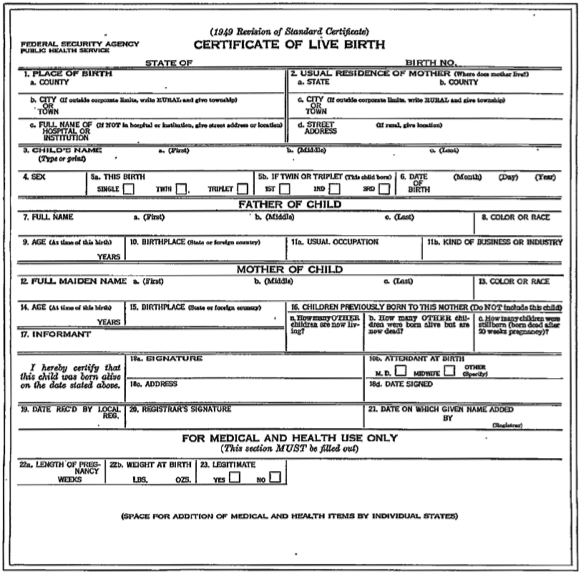Did Donald Trump admit to criminal activity? Generally, sexual touching or contact without a person’s consent is a crime. For example, here are some provisions of New York’s Penal Code that relate to the actions that Donald Trump admitted to in his statements captured on tape and revealed by the Washington Post.
§130.52 Forcible touching.
A person is guilty of forcible touching when such person
intentionally, and for no legitimate purpose:
1. forcibly touches the sexual or other intimate parts of another
person for the purpose of degrading or abusing such person, or for the
purpose of gratifying the actor’s sexual desire; or
2. subjects another person to sexual contact for the purpose of
gratifying the actor’s sexual desire and with intent to degrade or abuse
such other person while such other person is a passenger on a bus,
train, or subway car operated by any transit agency, authority or
company, public or private, whose operation is authorized by New York
state or any of its political subdivisions.
For the purposes of this section, forcible touching includes
squeezing, grabbing or pinching..
Forcible touching is a class A misdemeanor.
§ 130.53 Persistent sexual abuse.
A person is guilty of persistent sexual abuse when he or she commits
the crime of forcible touching, as defined in section 130.52 of this
article, sexual abuse in the third degree, as defined in section 130.55
of this article, or sexual abuse in the second degree, as defined in
section 130.60 of this article, and, within the previous ten year
period, excluding any time during which such person was incarcerated for
any reason, has been convicted two or more times, in separate criminal
transactions for which sentence was imposed on separate occasions, of
forcible touching, as defined in section 130.52 of this article, sexual
abuse in the third degree as defined in section 130.55 of this article,
sexual abuse in the second degree, as defined in section 130.60 of this
article, or any offense defined in this article, of which the commission
or attempted commission thereof is a felony.
Persistent sexual abuse is a class E felony.
There are several statutes that criminalize sexual contact without consent. “Sexual contact” is defined by the New York Penal Code, §130.00(3) as:
“Sexual contact” means any touching of the sexual or other intimate
parts of a person for the purpose of gratifying sexual desire of either
party. It includes the touching of the actor by the victim, as well as
the touching of the victim by the actor, whether directly or through
clothing, as well as the emission of ejaculate by the actor upon any
part of the victim, clothed or unclothed.
For example, § 130.55 Sexual abuse in the third degree.
A person is guilty of sexual abuse in the third degree when he or she
subjects another person to sexual contact without the latter`s consent;
except that in any prosecution under this section, it is an affirmative
defense that (a) such other person`s lack of consent was due solely to
incapacity to consent by reason of being less than seventeen years old,
and (b) such other person was more than fourteen years old, and (c) the
defendant was less than five years older than such other person.
Sexual abuse in the third degree is a class B misdemeanor.
S 130.65 Sexual abuse in the first degree.
A person is guilty of sexual abuse in the first degree when he or she
subjects another person to sexual contact:
1. By forcible compulsion; or
2. When the other person is incapable of consent by reason of being
physically helpless; or
3. When the other person is less than eleven years old; or
4. When the other person is less than thirteen years old and the actor
is twenty-one years old or older.
Sexual abuse in the first degree is a class D felony.
So, even this statement – – – “I just start kissing them. It’s like a magnet. Just kiss. I don’t even wait.” – – – could be an admission of a crime.








